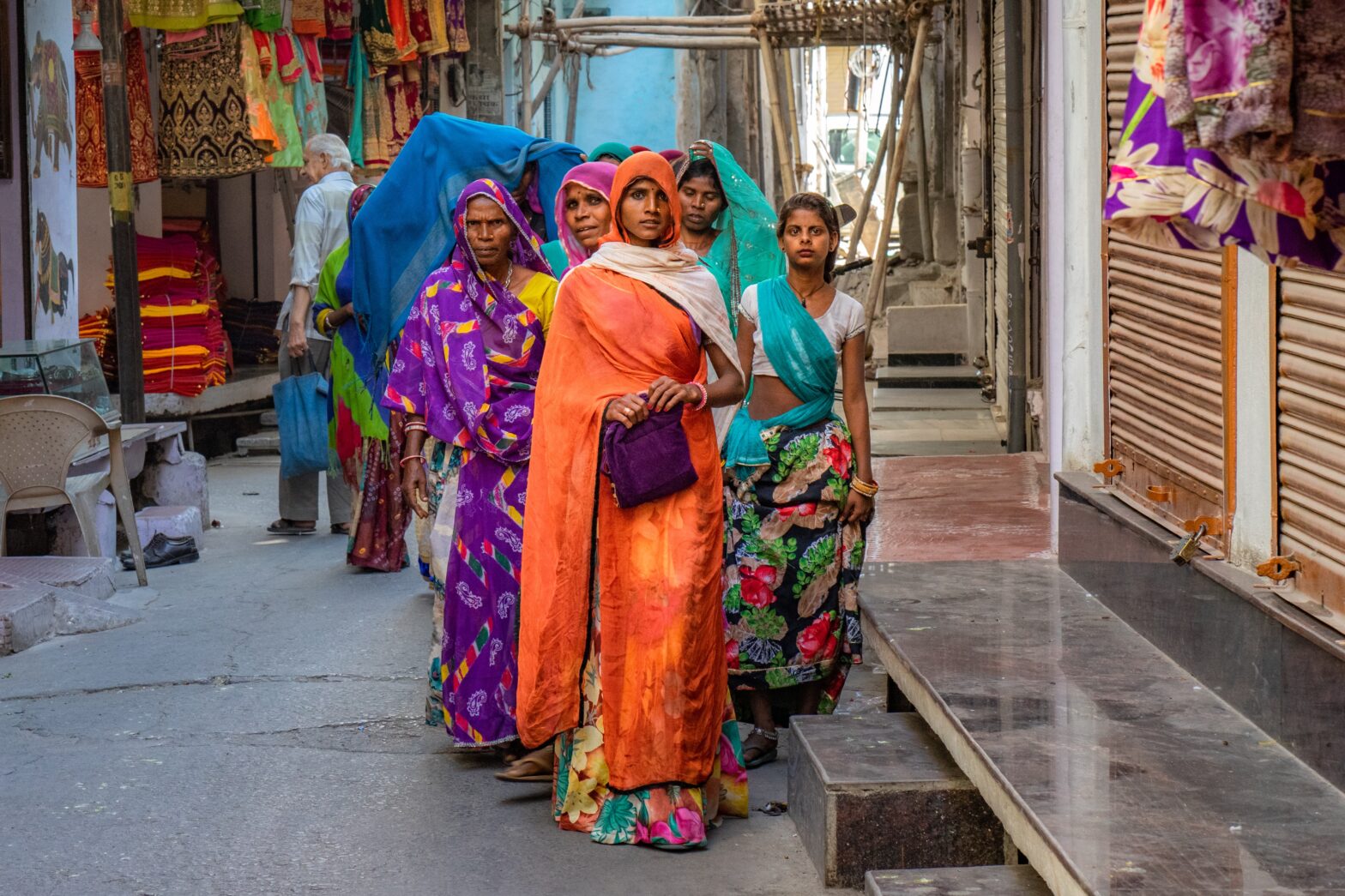In the diverse landscape of India, the issue of colorism runs deep, leaving an indelible mark on the nation’s intricate social fabric and the deeply entrenched caste system. Colorism can be likened to a hierarchy within a hierarchy, weaving another layer of intricacy into the complex web of social divisions.
Unlike the broader concept of racism, which encompasses many phenotypic characteristics, colorism focuses on skin tone. This emphasis on skin tone creates an internal hierarchy within racial categorizations, igniting a competitive race for resources among individuals.
Those with lighter skin tones find themselves reaping the benefits of what can be seen as a racial contract. This dynamic not only underscores the persistent disparities linked to skin color but also reveals how it quietly reinforces the deeply ingrained caste system—already adding to the complexities of India’s societal structure.
How Colorism Affects Hierarchy In India

Colorism in India, a deeply rooted issue, originally had a more flexible hierarchy encompassing class and caste distinctions. The caste system rested on four primary pillars, each linked to specific occupations. Brahmanas for scholars and priests, Kshatriyas for warriors, Vaisyas for farmers and merchants, and Sudras for laborers. While lighter skin tones often favored the higher castes, dark-skinned individuals could also belong to these elevated groups.
The origins of caste come from the Aryans, who invaded and introduced the binary of purity and pollution. The Brahmanas symbolize the spiritual and Sudras as proxies for “darkness and filth.” The British colonization during the 20th century infused the caste system with racial beliefs. Thus, imposing discriminatory practices and deepening the color divide, akin to racial segregation in South Africa and the United States. Over time, the dualism of ‘pollution’ and ‘purity’ entrenched ideas of superiority and inferiority.
Foreign powers played a significant role in constructing social stratification, with color becoming a defining factor. The hegemony of whiteness gradually embedded itself as Indians were perceived through the lens of foreign rulers. Today, it is challenging to disentangle the concepts of color and caste, as they are intricately interwoven.
The Effects Of Colorism on Culture & Economy
In contemporary India, the complexion of one’s skin continues to be a defining marker. Still influencing career prospects, access to societal resources, and even matrimonial decisions in a society deeply entrenched in arranged marriages. Matrimonial matches are often assessed by educational and economic backgrounds and the shade of one’s skin. Indian matrimonial advertisements in newspapers and on dating platforms underscore the preference for fair-skinned individuals.
Crossing social barriers and challenging the caste hierarchy is considered a grave offense, leading to violence and even honor killings. While the world has made strides in addressing racism, religious extremism, and sexism, the caste system in India, described as “the most brutal mode of hierarchical social organization,” remains a complex challenge that often escapes international scrutiny.
The impact of skin color is also evident in Bollywood films, where poor characters’ skin may be darkened, while protagonists are portrayed with fair skin. The beauty industry reinforces the idea that fairness equates to beauty, and India is a significant market for skin-lightening products. Advertisements for products like Fair and Lovely perpetuate the notion that fair skin is beautiful, stigmatizing darker complexions. The persistence of colorism in India calls for a more comprehensive understanding of this issue to combat it effectively. Various groups and initiatives are working toward eliminating these forms of discrimination, and while the journey may be challenging, it holds the promise of a more equitable future.
